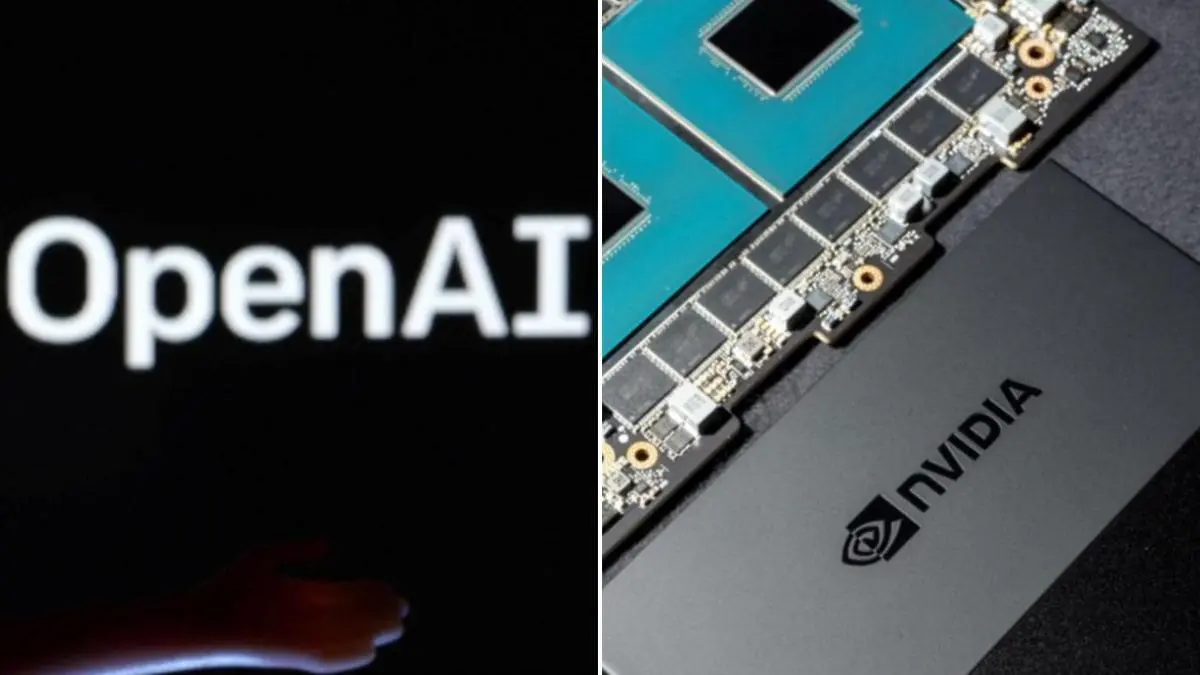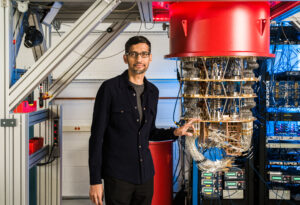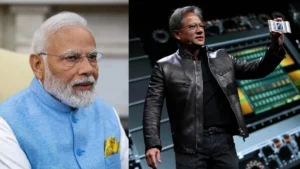Introduction
The Artificial Intelligence (AI) landscape is undergoing a fascinating transformation. As AI and generative AI models like ChatGPT become increasingly popular, leading companies like OpenAI and Nvidia are recognizing the vast potential of the Indian market.
This shift in focus represents a move towards “glocal” – a strategy emphasizing global reach while prioritizing local needs and specificities.
This development marks a significant moment for India’s technological journey, and here’s why it matters.
OpenAI’s Commitment to India
Affordable Access and Language Support
OpenAI, renowned for its ChatGPT model, is focused on providing affordable access to developers and consumers in India. A major aspect of this initiative is enhancing support for Indian languages. At the Global IndiaAI Summit 2024, Srinivas Narayanan, Vice-President at OpenAI, highlighted the feedback from Indian users regarding the high cost of developer services and the need for improved performance in Indian languages.
Advancements in GPT Models
Narayanan announced that the GPT-4o model is now six times less expensive than the previous GPT-4 model from eight months ago. This model is not only more affordable but also offers better quality and is twice as fast. Such improvements make AI more accessible and beneficial for a broader audience.
“GPT-4o is 6x less expensive than the GPT-4 model from eight months ago, while also being better in terms of quality and 2x faster. Not only is intelligence improving, but is also getting more accessible — which is exciting,”
~Srinivas Narayanan, vice-president at OpenAI, at the Global IndiaAI Summit 2024
Nvidia’s Vision for India
Multi-Modal AI Models
Nvidia is also engaging with Indian startups and developers to understand their computational needs and challenges. Mohit Sewak, AI researcher and developer relations for South Asia at Nvidia, emphasized the necessity for multi-modal AI models that reflect India’s cultural and linguistic diversity. He pointed out that India has 23 official languages and around 10,500 unique dialects across 123 languages, a stark contrast to the capabilities of the largest existing models, which handle about 100 languages.
Large-Scale Data Sets
To create effective Indian AI models, Nvidia advocates for large-scale, multilingual data sets and synthetic data generation. Sewak stressed the importance of voice as a key element in these models, aligning with the diverse ways Indians communicate.
Follow us on Twitter here
Enhancing AI Accessibility and Affordability
Tokenization and Cost Reduction
OpenAI has made significant progress in improving the quality of its models for Indic languages. The company has enhanced its tokenization process, reducing the number of tokens required for common Indian languages by three times, resulting in substantial cost savings. Tokenization, a crucial step in large language models (LLMs), involves breaking down text into smaller sub-word units known as tokens.
Supporting Indian Startups
Tools like ChatGPT are empowering Indian startups by reducing the cost of intelligence and making computing interfaces more conversational. These tools help accelerate the growth of startups and unlock new opportunities, particularly in areas like code writing and problem-solving.
Use Cases of AI in India
Agriculture, Education, and Healthcare
AI’s potential in India is vast, with significant applications in agriculture, education, and healthcare. For instance, Indian startup Physics Wallah leverages ChatGPT to provide personalized exam-preparation services to millions of students in lower-tier cities. This example illustrates how AI can bridge educational gaps and enhance learning experiences.
Bridging Language Barriers
AI models that support multiple Indian languages can help bridge communication gaps and make technology more inclusive. By tailoring AI solutions to local needs, OpenAI and Nvidia are fostering greater accessibility and usability of AI across diverse linguistic communities in India.
The Importance of Cultural Sensitivity
Beyond Mere Translation
Both OpenAI and Nvidia recognize that simply translating AI models from one language to another is insufficient. Sewak highlighted that Indian sensitivities and cultural nuances differ significantly from those in Western countries, where most LLMs are trained. Therefore, developing AI models that align with Indian cultural diversity is crucial.
Iterative Development of Indian LLMs
Creating effective AI models for India requires an iterative approach, with a series of increasingly complex and sophisticated foundation models. This process involves continuous refinement and adaptation to ensure alignment with the cultural and linguistic landscape of India.
Supporting the IndiaAI Mission
Collaboration with the IT Ministry
OpenAI is keen to support the IndiaAI Mission’s application development initiative. By collaborating with the Indian IT ministry, OpenAI aims to help Indian developers build on its models to deliver societal benefits at scale. Narayanan expressed the company’s commitment to ongoing dialogue with the ministry to identify areas where OpenAI can add the most value.
Conclusion
The focus on localized AI development by OpenAI and Nvidia marks a significant shift towards making AI more inclusive and accessible in India. By prioritizing affordability, enhancing support for Indian languages, and addressing cultural sensitivities, these global AI leaders are paving the way for a new era of AI innovation tailored to the unique needs of India. As AI continues to evolve, such initiatives will play a crucial role in empowering Indian entrepreneurs, startups, and consumers to harness the full potential of this transformative technology.








